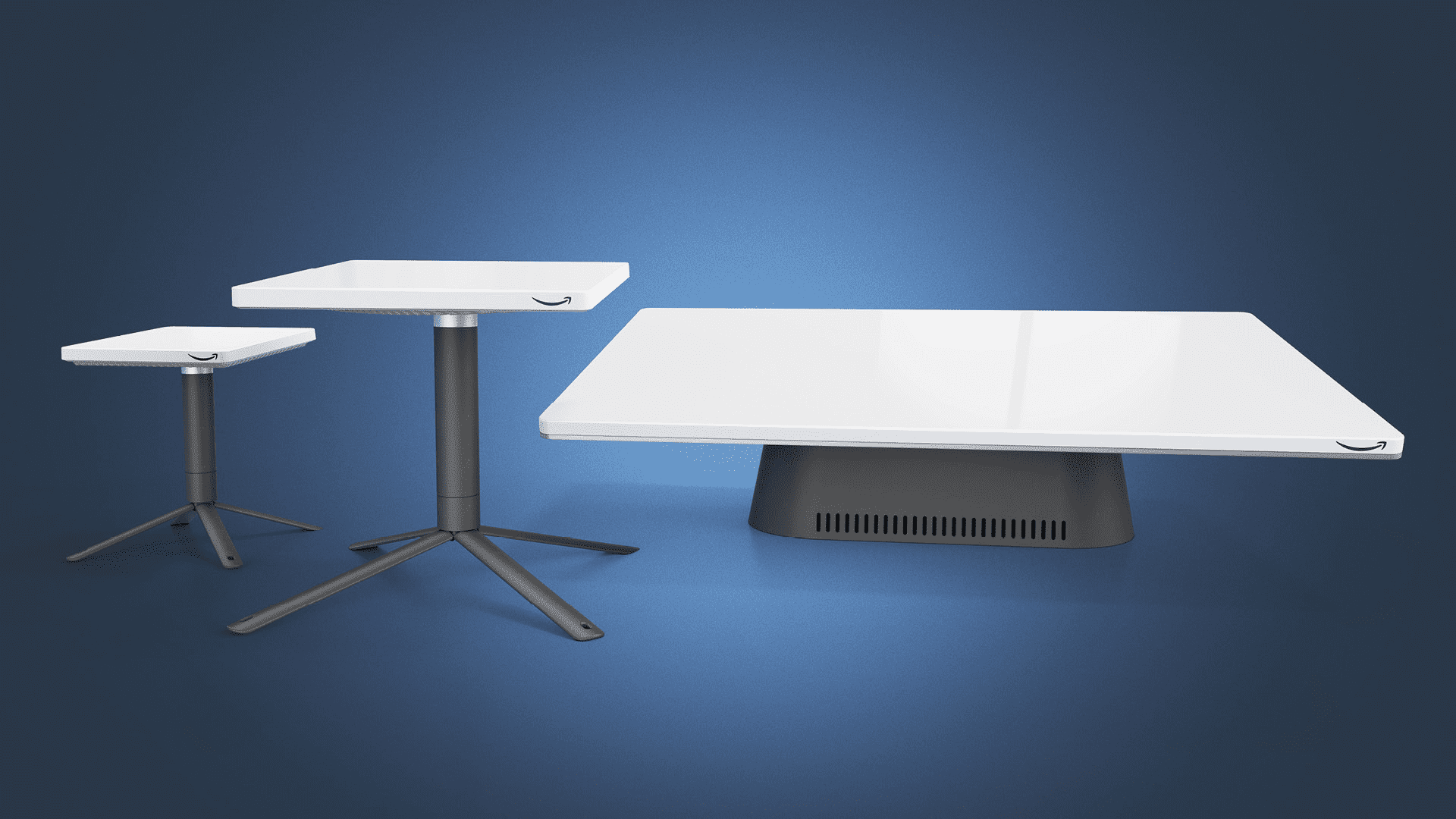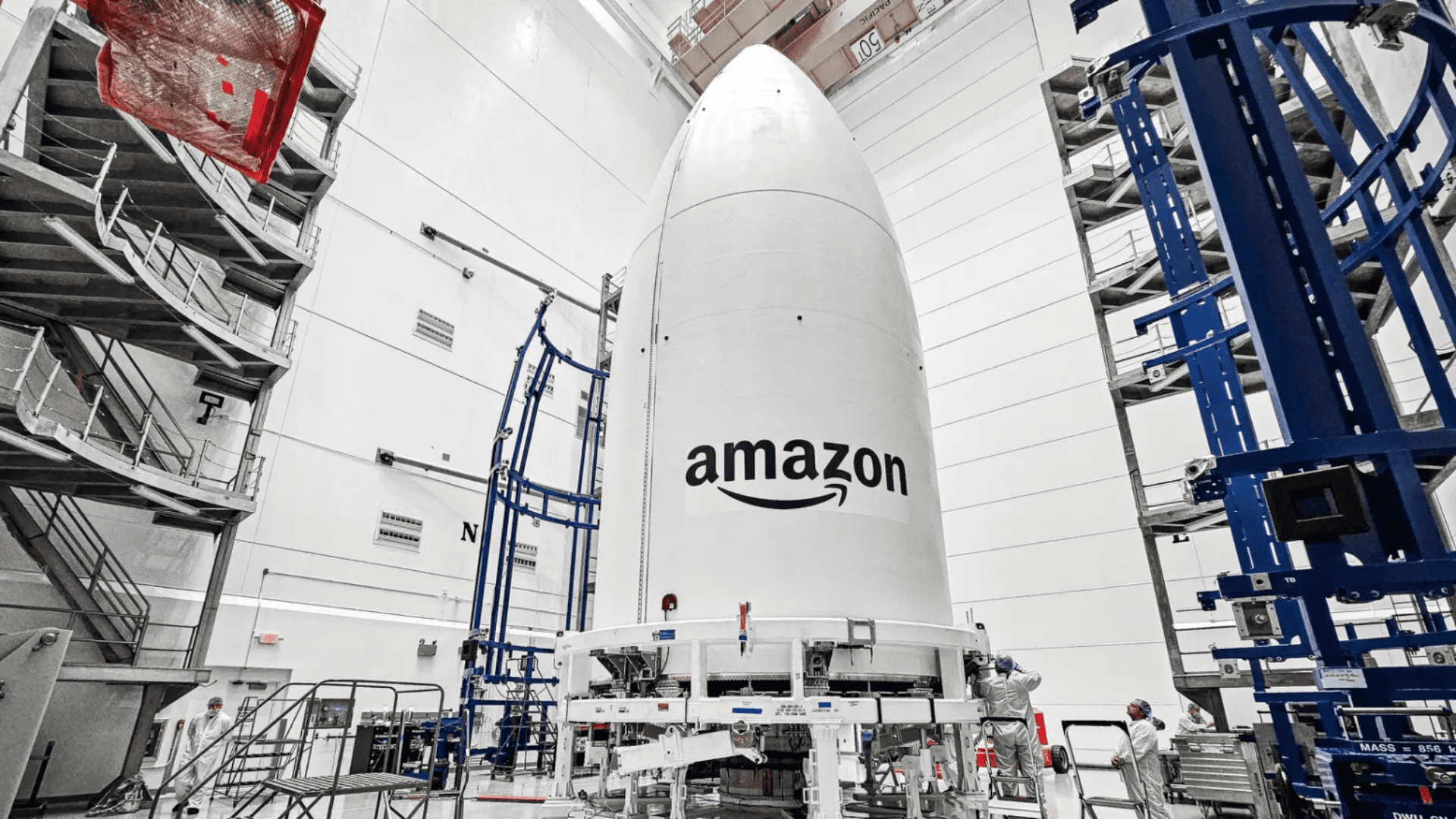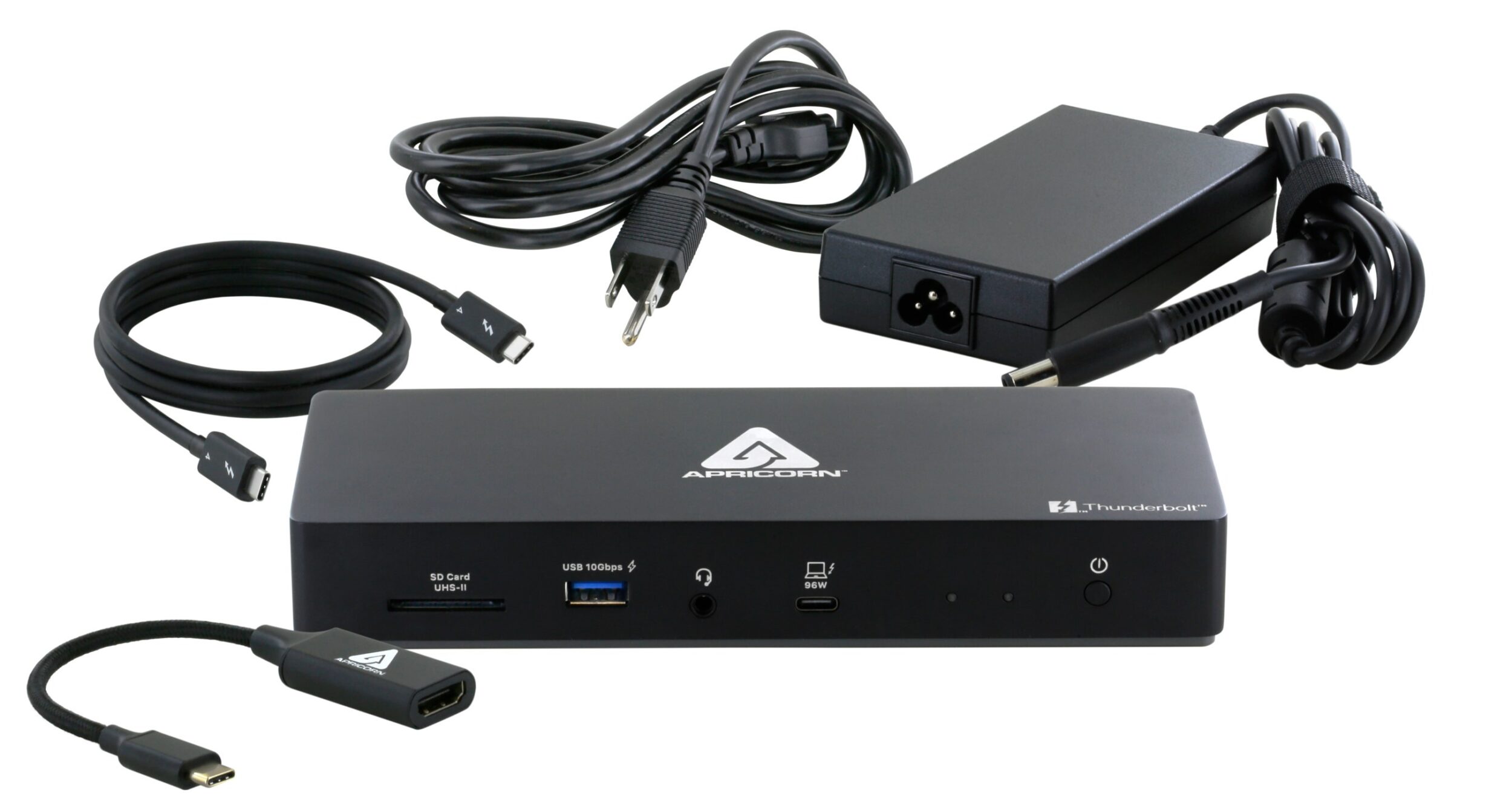Amazon has come a long way since it started as an online book marketplace in Jeff Bezos’ garage in 1994. The company now has an initiative to send thousands of satellites into low orbit Earth to provide internet access to underserved areas worldwide.
Satellite Connection

Internet connection is becoming a necessity in almost every facet of life. Whether it’s in schools, hospitals, businesses, or government agencies, the internet is now a requirement. However, billions of people worldwide still don’t have broadband access or have weak signals. According to Amazon, this creates a disadvantage for unserved and underserved communities. Its initiative, Project Kuiper, plans to change that.
There are gaps in the country, even between big cities in the U.S., with little to no signal. Amazon’s FAQ page explains that the signal drops if someone drives 60 minutes outside of its headquarters in Seattle. Many factors make it complex to install these areas with traditional, ground-based fiber and wireless connectivity solutions. For example, cost and geography don’t make traditional installation simple.
Sattelite broadband can cover those gaps, but deploying it requires technology and innovation. According to Amazon, the initiative has three main parts: ground infrastructure, satellites, and customer terminals.
Amazon says its ground infrastructure includes gateway antennas that securely send and receive customer data to and from satellites. Additionally, telemetry, tracking, and control (TT&C) antennas keep the satellites properly operating. Global networking connects those gateways to the internet, clouds, and networks.
The second part of the project is satellites. Operating in low orbit Earth, they relay data traffic to and from the gateway antennas and customers. The final part is customer terminals, which are the technology that Project Kuiper customers use to receive internet service.
Satellite Constellation

When you hear the phrase “satellite constellation,” one thing that comes to mind is Starlink and the trail of satellites that can often be seen in the night sky. It seems like Bezos is planning a similar approach. Project Kuiper has over 3,000 satellites ready to launch into low orbit Earth.
Amazon launched its first two prototypes on October 6, 2023. Because of the launch’s success, the company plans to deploy the satellite constellation in early 2025 and then roll out commercial services later that year. Although Amazon hasn’t announced any pricing details, the company says affordability is a “key principle” in the project.
The company said, “We also know customer needs will vary quite a bit around the world, and our service offerings may vary from country to country with the right pricing and service for customers in each region.”







